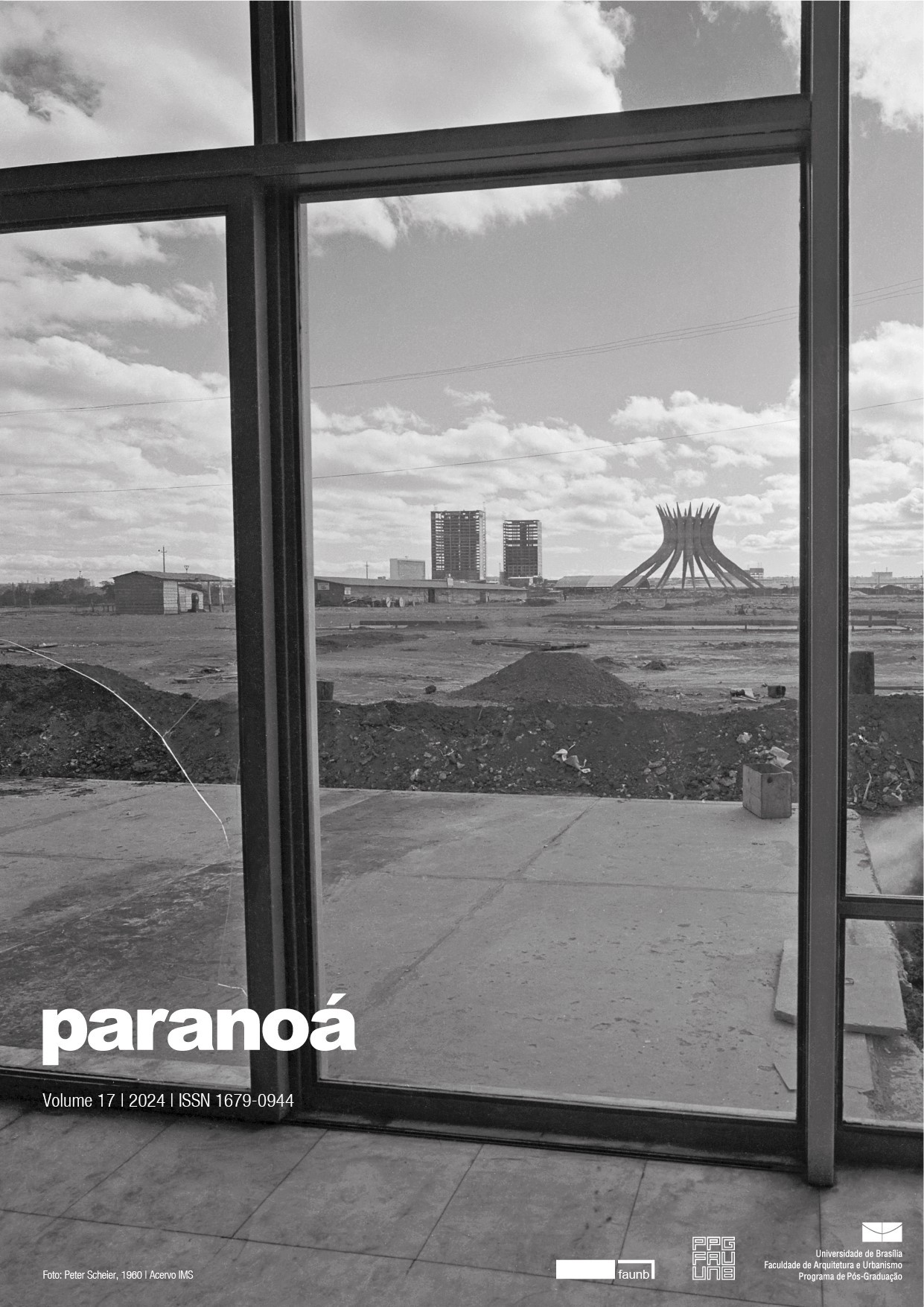Analysis for the implementation of off-grid photovoltaic systems in Brazilian Army field hospitals
DOI:
https://doi.org/10.18830/1679-09442024v17e53088Keywords:
Photovoltaic, Energy, Demand, Off-gridAbstract
The present article aims to assess the technical-operational feasibility of an off-grid photovoltaic system to meet the needs of Brazilian Army field hospitals. To do so, it is necessary to evaluate their energy demand, highlighting the equipment used, and their usage profile throughout the day. Internal equipment was subdivided into three groups: hospital equipment, non-hospital equipment, and air conditioning systems. Simulations were carried out based on the Pacaraima region, which hosts a humanitarian operation in which the Army participates, contributing to health support. From the conducted sizing, three backup system strategies for the photovoltaic array were defined, allowing for comparison with the existing alternative based on diesel consumption: one composed entirely of batteries, one with a generator for nighttime use, or one with a generator solely for the air conditioning system. In the first two cases, the solution with photovoltaics becomes logistically more advantageous for periods exceeding two months, while in the latter, this time frame extends to three months.
Downloads
References
AIRPAC. Rental cooling guide for tents & shelters: taking you a step closer to cool. [S. l.: s. n.], 2005.
ABNT – ASSOCIAÇÃO BRASILEIRA DE NORMAS TÉCNICAS. NBR 16401-1: Instalações de ar-condicionado – Sistemas centrais e unitários. Parte 1: Projeto das instalações. Rio de Janeiro: ABNT, 2008.
BRASIL. Constituição de 1988. Das forças armadas. Brasília: 1988. Disponível em: https://www.planalto.gov.br/ccivil_03/constituicao/constituicao.htm. Acesso em: 2 fev. 2023.
DUARTE, Mariana de Oliveira Barbosa. Hospitais de campanha – estrutura e emprego em campanha e em situações de emergência. [S. l.: s. n.], 2019. Disponível em: https://bdex.eb.mil.br/jspui/bitstream/123456789/5220/1/MONO_MARIANA%20DUARTE_CFO.pdf. Acesso em: 28 abr. 2023.
GRUPOS GERADORES, Tivea. Informações técnicas. [S. l.: s. n.], 2024. Disponível em: https://www.tiveageradores.com/wp-content/uploads/2023/01/GDT-10.pdf. Acesso em: 10 mar. 2024.
PEREIRA, E. B.; MARTINS, F. R.; GONÇALVES, A. R.; COSTA, R. S.; LIMA, F. L.; RÜTHER, R.; ABREU, S. L.; TIEPOLO, G. M.; PEREIRA, S. V.; SOUZA, J. G. Atlas brasileiro de energia solar. 2. ed. São José dos Campos: INPE, 2017. 80 p. Disponível em: http://doi.org/10.34024/978851700089. Acesso em: 5 jun. 2022.
PEREIRA, Ocilene Vargas. Informações sobre hospitais de campanha. Destinatário: Comissão Regional de Obras da 2a Região Militar. [S. l.], 26 fev. 2022. [Documento interno do Exército].
RUTHER, Ricardo. Edifícios Solares Fotovoltaicos. [S. l.: s. n.], 2004.
SANTOS, Lara Monalisa Alves dos. Hospital militar de campanha: móvel, modular e autônomo, 2017. Arquitetura de Sistemas de Saúde. Brasília: Universidade Católica de Brasília, 2017. Disponível em: https://semanaacademica.org.br/system/files/artigos/hospital_militar_de_campanha.pdf. Acesso em: 28 abr. 2023.
SCHIFFER, Sueli Ramos. Manual de conforto térmico. 5. ed. São Paulo: Studio Nobel, 2001.
WHEATHERHAVEN. Corridor tent module 8. [S. l.: s. n.], 2021.
Downloads
Published
How to Cite
Issue
Section
License
Copyright (c) 2024 Paranoá

This work is licensed under a Creative Commons Attribution 4.0 International License.
Autores que publicam nesta revista concordam com os seguintes termos:
- Autores mantém os direitos autorais e concedem à revista o direito de primeira publicação, com o trabalho simultaneamente licenciado sob a Licença Creative Commons Attribution que permite o compartilhamento do trabalho com reconhecimento da autoria e publicação inicial nesta revista. http://creativecommons.org/licenses/by/4.0
- Autores têm autorização para assumir contratos adicionais separadamente, para distribuição não-exclusiva da versão do trabalho publicada nesta revista (ex.: publicar em repositório institucional ou como capítulo de livro), com reconhecimento de autoria e publicação inicial nesta revista.
- Autores têm permissão e são estimulados a publicar e distribuir seu trabalho online (ex.: em repositórios institucionais ou na sua página pessoal) a qualquer ponto antes ou durante o processo editorial, já que isso pode gerar alterações produtivas, bem como aumentar o impacto e a citação do trabalho publicado (Veja O Efeito do Acesso Livre).















